To provide the best experiences, we use technologies like cookies to store and/or access device information. Consenting to these technologies will allow us to process data such as browsing behaviour or unique IDs on this site. Not consenting or withdrawing consent, may adversely affect certain features and functions.
The technical storage or access is strictly necessary for the legitimate purpose of enabling the use of a specific service explicitly requested by the subscriber or user, or for the sole purpose of carrying out the transmission of a communication over an electronic communications network.
The technical storage or access is necessary for the legitimate purpose of storing preferences that are not requested by the subscriber or user.
The technical storage or access that is used exclusively for statistical purposes.
The technical storage or access that is used exclusively for anonymous statistical purposes. Without a subpoena, voluntary compliance on the part of your Internet Service Provider, or additional records from a third party, information stored or retrieved for this purpose alone cannot usually be used to identify you.
The technical storage or access is required to create user profiles to send advertising, or to track the user on a website or across several websites for similar marketing purposes.
Purple Vampire Crab - Geosesarma Dennerle - Decapod Crustacean 1 × £7.74

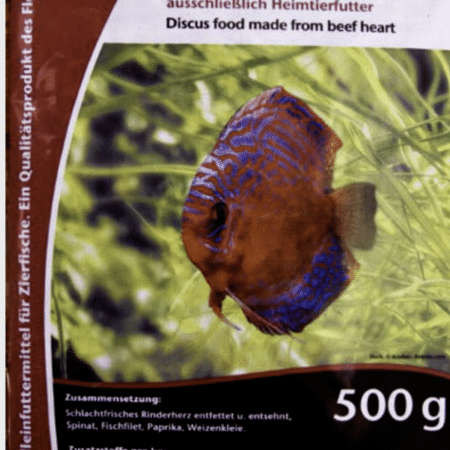
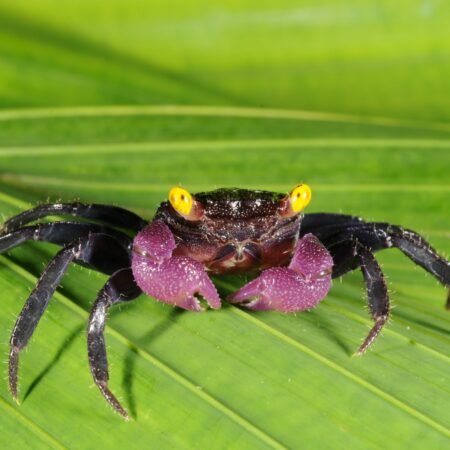 Purple Vampire Crab - Geosesarma Dennerle - Decapod Crustacean
Purple Vampire Crab - Geosesarma Dennerle - Decapod Crustacean 
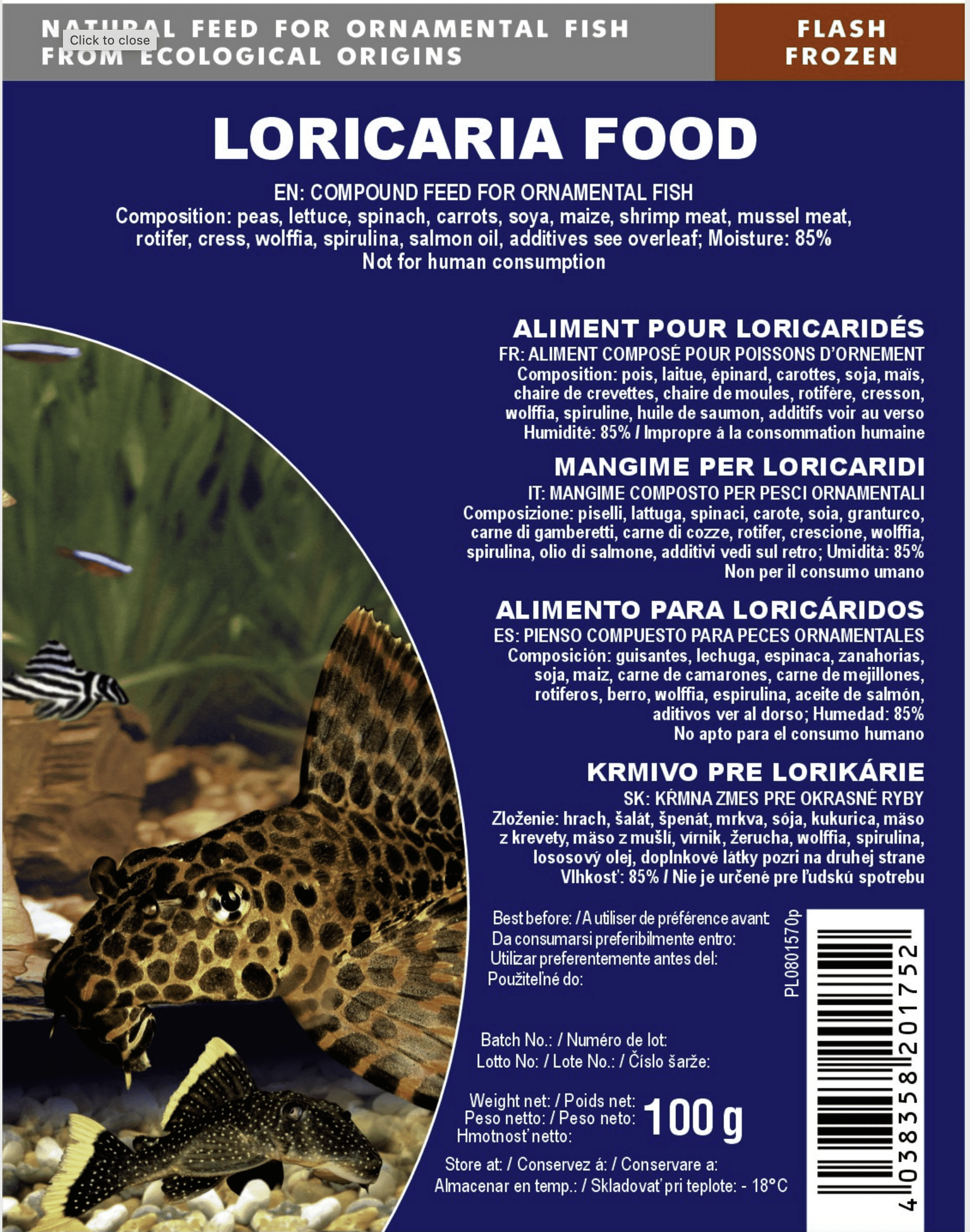
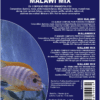
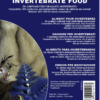


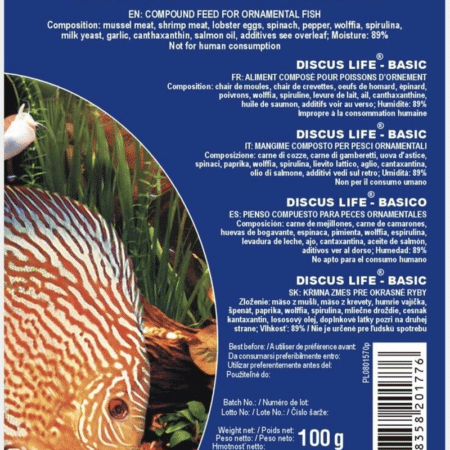

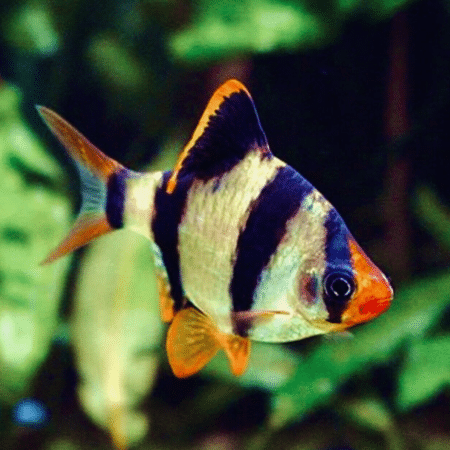
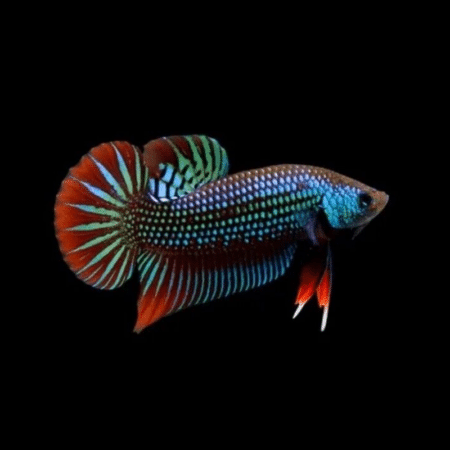



Emily Carter (verified owner) –
As a passionate fish parent, I’m always on the lookout for high-quality food that keeps my aquatic friends healthy and happy. The 6X100G Loricaria Food Blister has been an absolute game changer for me, especially for my plecos! I’ve been using it for about two weeks now, and I can honestly say my fish are thriving. These veggie and seafood sinking cubes are just the right size for them, and they devour them in no time.
What I appreciate most is that these frozen food cubes contain a great mix of nutrients that my fish love. I noticed a marked increase in their activity level and overall coloration after just a week. Compared to other frozen foods I’ve tried, this one has a better blend of ingredients, and there’s no messy residue left in the tank, which keeps my water cleaner.
I highly recommend this product for anyone keeping herbivorous or omnivorous fish. It arrived quickly and was packaged well, ensuring all the cubes stayed frozen during transit. The only minor concern I had was that some of the cubes were a bit uneven in size, but it hasn’t affected my fish’s enjoyment at all. I’ll definitely be purchasing this again!
Emily Carter (verified owner) –
I can’t say enough good things about the 6X100G Loricaria Food Blister! As a passionate fish parent, I’m always on the lookout for the best nutrition for my loricaria catfish, and this product has proven to be a game-changer. After just a week of using these sinking cubes, my fish are not only thriving but also displaying vibrant colors I hadn’t seen before!
What I love most is the blend of veggie and seafood in each cube, providing a well-rounded fish diet that my cats just devour. I’ve tried other frozen foods in the past, but they often left leftover bits floating around, leading to water quality issues. With these sinking cubes, everything gets eaten up quickly, which keeps my aquarium clean and my fish happy.
The blister packaging is super convenient, allowing me to store them in the freezer without any mess. The only tiny downside is that it can be a bit tricky to get them out of the blister if you’re in a hurry, but it’s worth it for the quality. I highly recommend this product to anyone with loricaria catfish or other bottom feeders. They’ll love it, and you’ll love seeing the difference in their health and behavior. I will definitely be restocking soon!
Jessica Miller (verified owner) –
I’ve been using the 6X100G Loricaria Food Blister for about two months now, and I couldn’t be happier! My Loricaria catfish have shown such great growth and vibrant colors since I started feeding them these sinking cubes. The blend of veggies and seafood in this frozen food is just perfect for their diet, and it really enhances their health and energy levels. I’ve tried other brands before, but this particular product seems to have a better balance of nutrients. Plus, it’s so easy to use! Just pop the blister out, thaw a cube, and drop it in. I also appreciate that it doesn’t cloud the water, which is a concern I had with some alternatives. My fish are thriving, and it’s such a joy to watch them enjoy their meals! A minor tip: make sure to thaw the cubes before feeding to ensure your fish can access the food easily. If you have Loricaria catfish or any other bottom feeders, I highly recommend this frozen food. It’s truly made a difference in my aquarium, and they seem happier than ever!